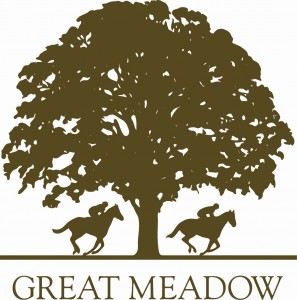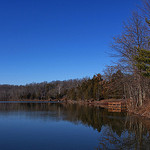Key information for official sites with agreements:
- Camp High Road is open unless specified on Camp High Road specific page
- C.M. Crockett is open only during periods specified on the Crockett specific page
- Meadowkirk observing requires explicit permission. See Meadowkirk page for details
- Sky Meadows State Park is open for vetted volunteers only unless posted on the Sky Meadows specific page
- Spruce Knob Mountain Center: See site specific page or contact site coordinator for availability

Public nights at Great Meadow are on hold due to the pandemic. We look forward to holding these events again when everyone’s safety can be assured!
See front page of NOVAC Site for changes to event.
More information about Great Meadow including directions and parking visit the Great Meadow Site page.
The waxing crescent moon will set before midnight leaving dark skies for what should be a good show! Best viewing will be from a dark location after midnight.
The Orionids is an average shower producing up to 20 meteors per hour at its peak. It is produced by dust grains left behind by comet Halley, which has been known and observed since ancient times. The shower runs annually from October 2 to November 7. It peaks this year on the night of October 21 and the morning of October 22. Meteors will radiate from the constellation Orion, but can appear anywhere in the sky.
This is of particular interest to astrologically minded folks. See URL for more info…
Keep your fingers crossed! Every now and then (like in 2008) the Taurid meteor shower — normally modest — produces spectacular fireballs visible even in fairly bright moonlight like we’ll have tonight.
The Taurids is a long-running minor meteor shower producing only about 5-10 meteors per hour. It is unusual in that it consists of two separate streams. The first is produced by dust grains left behind by Asteroid 2004 TG10. The second stream is produced by debris left behind by Comet 2P Encke. The shower runs annually from September 7 to December 10. It peaks this year on the the night of November 4. Meteors will radiate from the constellation Taurus, but can appear anywhere in the sky.
Open Observing Window for C.M. Crockett Park

